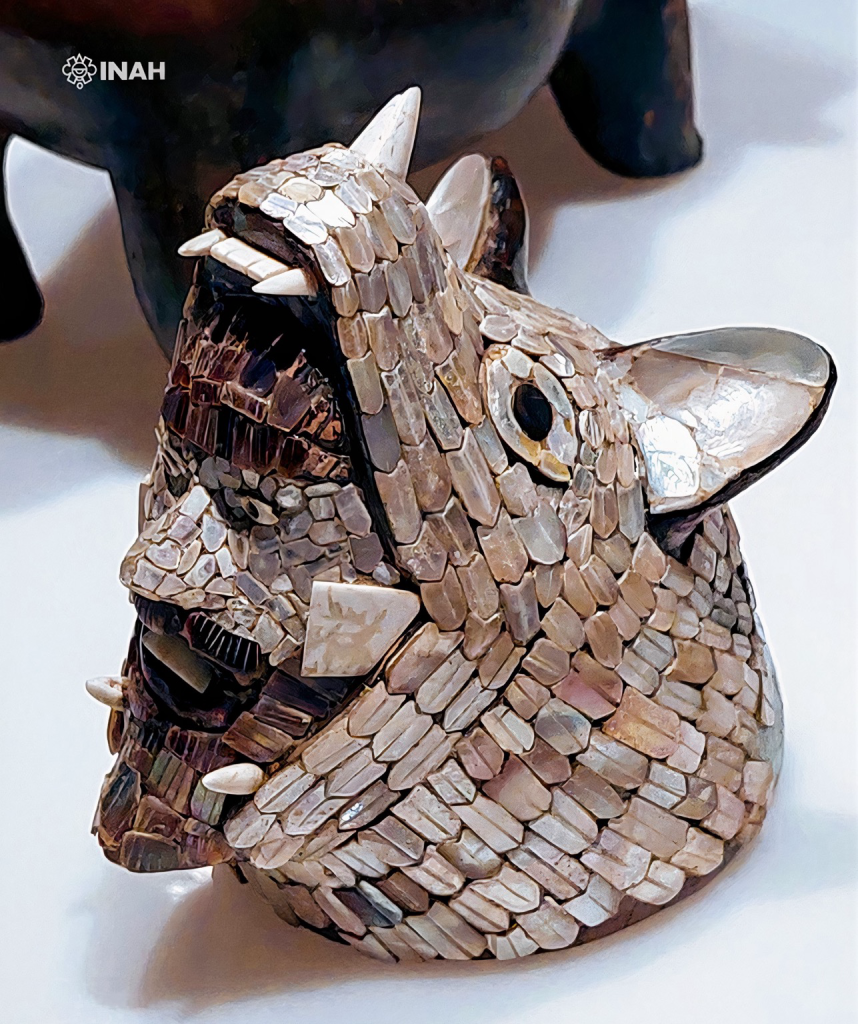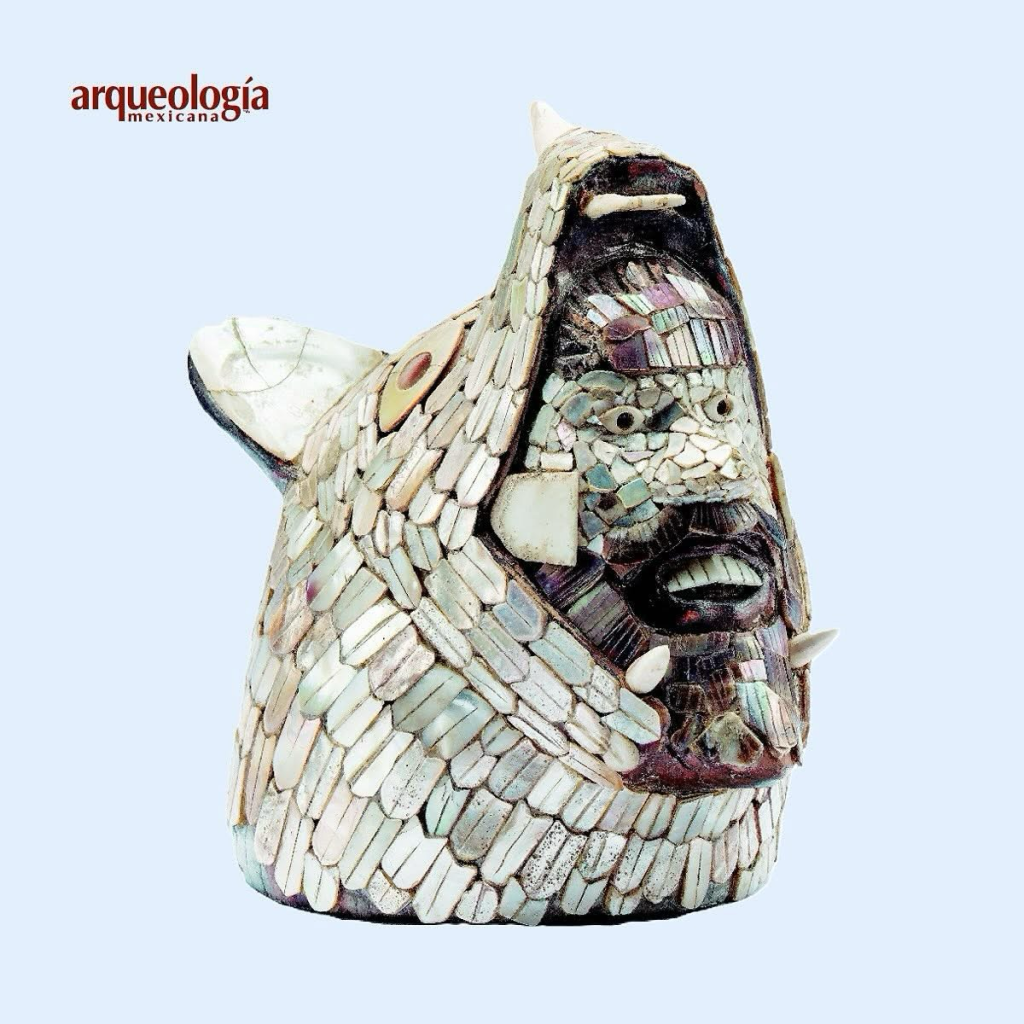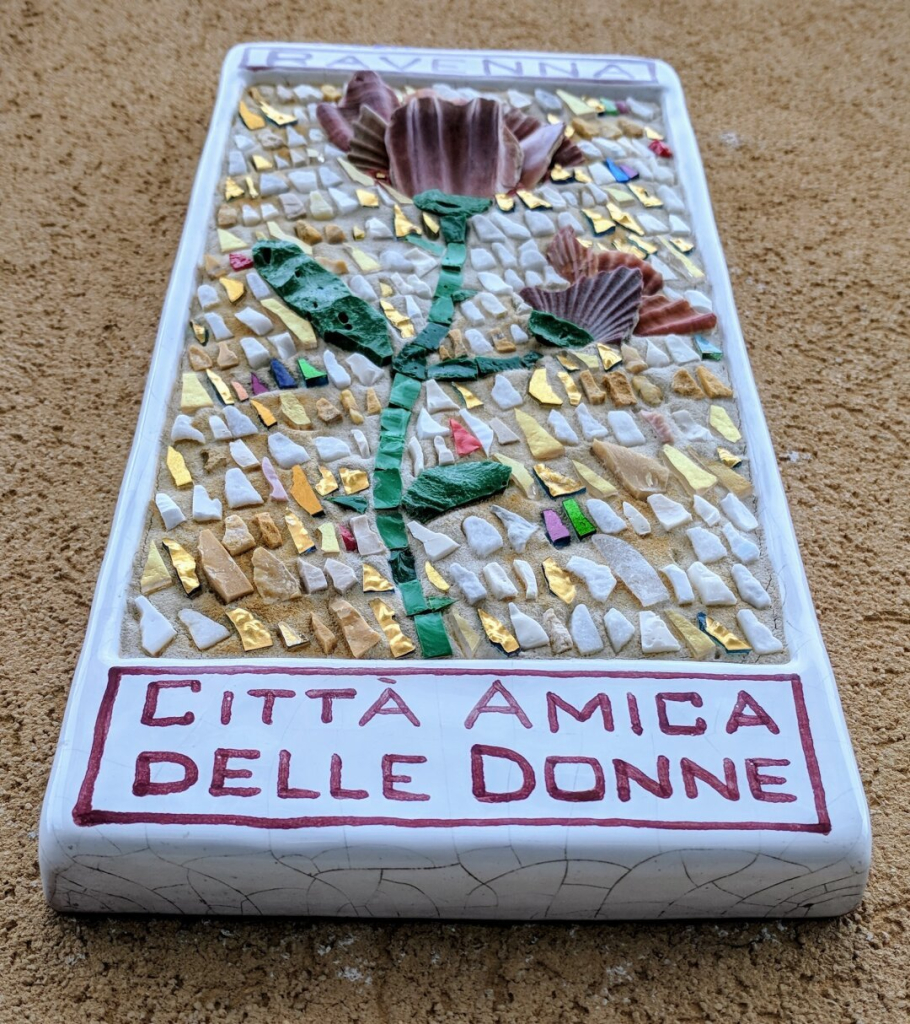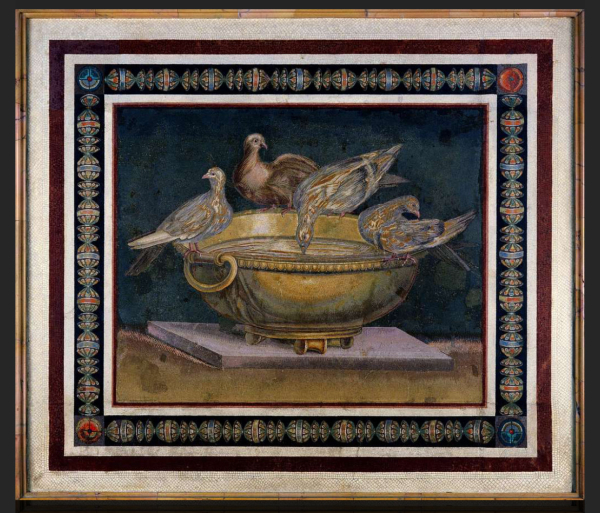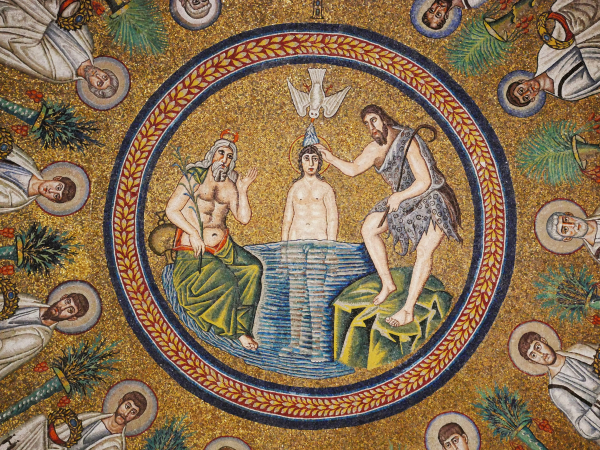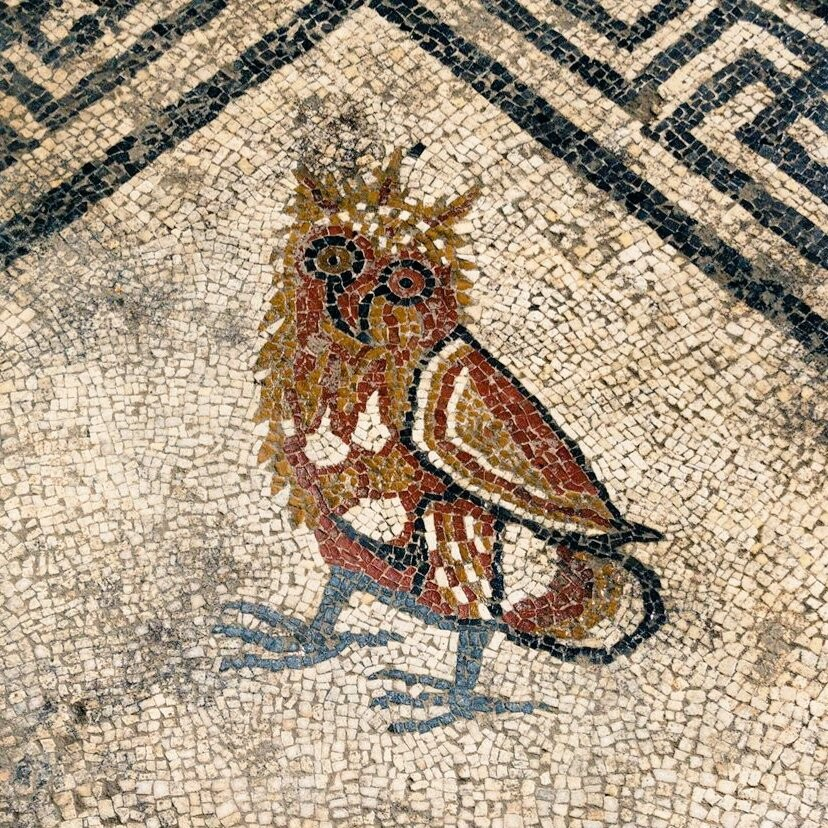Suche
Beiträge, die mit MosaicMonday getaggt sind
#Coyote Head
Toltec, Early Post-Classic (900-1250 CE)
Offering of the El Corral Shrine, Tula, Hidalgo, Mexico
Ceramic vessel with shell mosaic and bone, H 13 x W 9.6 cm
INAH: https://lugares.inah.gob.mx/en/zonas-arqueologicas/zonas/piezas/7393-7393-cabeza-coyote.html?lugar_id=1736
#IndigenousArt #MesoamericanArt
Lugares INAH
prConoce y explora parte del patrimonio histórico y cultural de México a través de la red de museos y zonas arqueológicas del Instituto Nacional de Antropología e Historia.lugares.inah.gob.mx
#Mosaik in #Ravenna, das es als "frauenfreundliche Stadt" auszeichnet. Diese #Mosaiken wurden anlässlich des Internationalen Tages zur Beseitigung der Gewalt gegen #Frauen gestaltet. Sie schmücken viele Gebäude in Ravenna, das für seine #Mosaikkunst bekannt ist. // A #mosaic in Ravenna, declaring it a "women-friendly city". These #mosaics celebrate the International Day for Elimination of Violence against #Women. They decorate many buildings in Ravenna, which is famous for its #MosaicArt
#StreetArt #Italia #Italien #Italy #MosaicMonday
#MosaicMonday #AncientRome #History
the fact they managed to achieve the effect of translucency using just tiles 😳
A #Roman mosaic depicting a somewhat whimsical #owl 🦉
found in Uzèz southern France, dating second half of the 1st century BC.
Photo: Denis Gliksman, Inrap
#MosaicMonday
#RomanArchaeology
